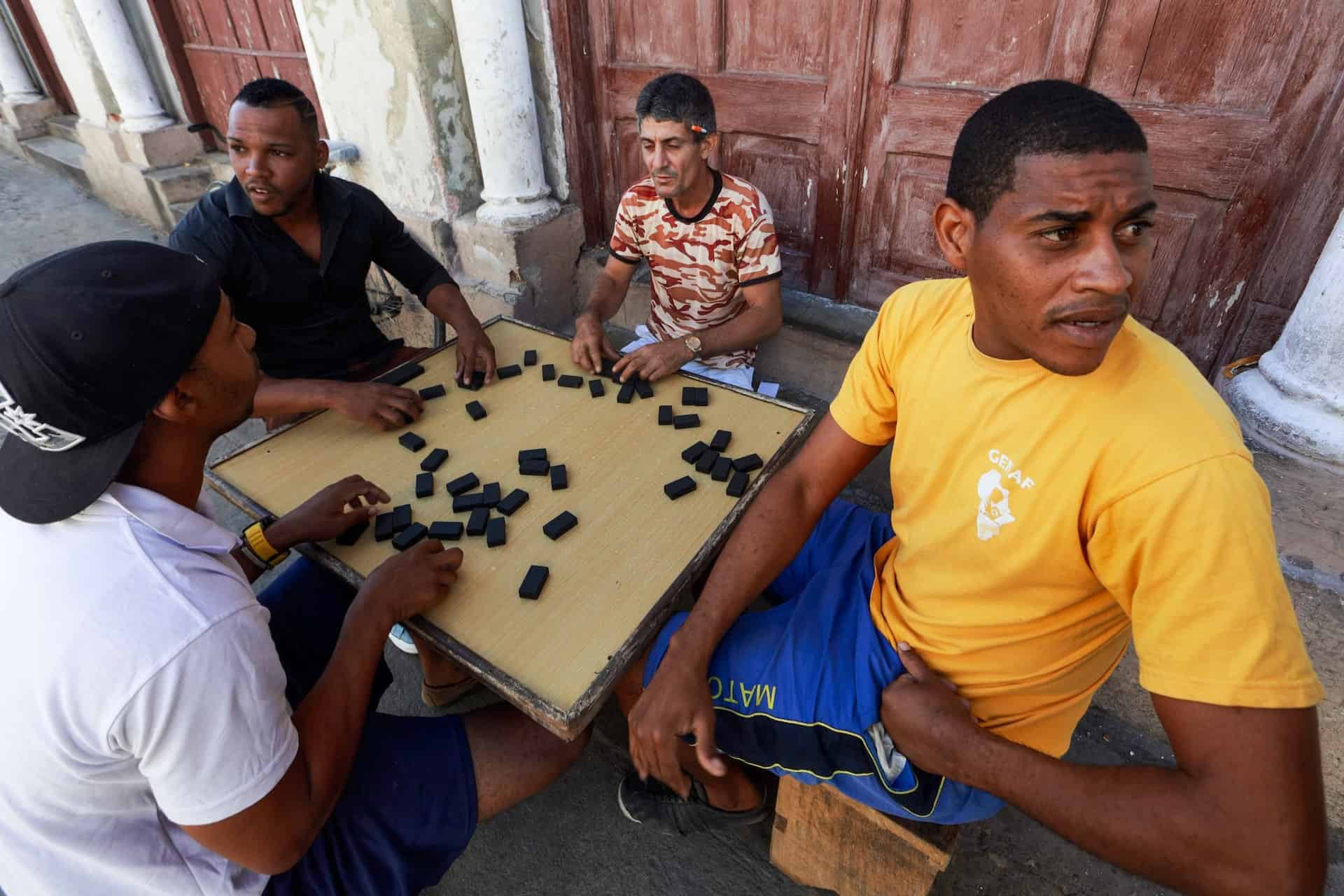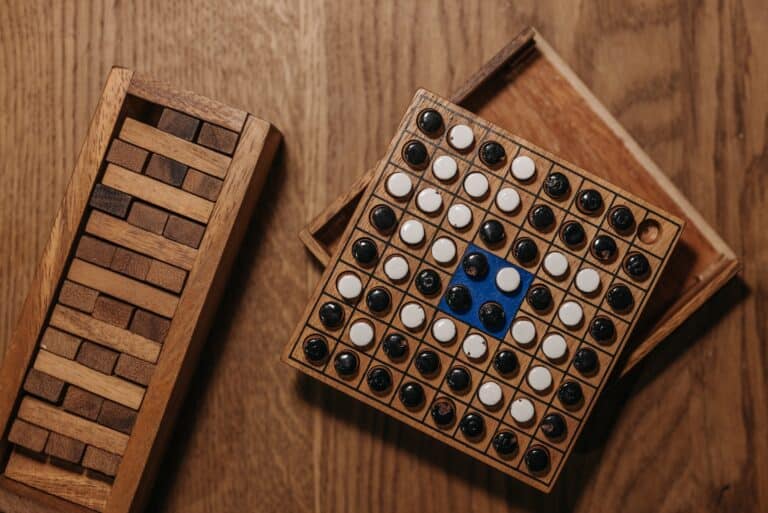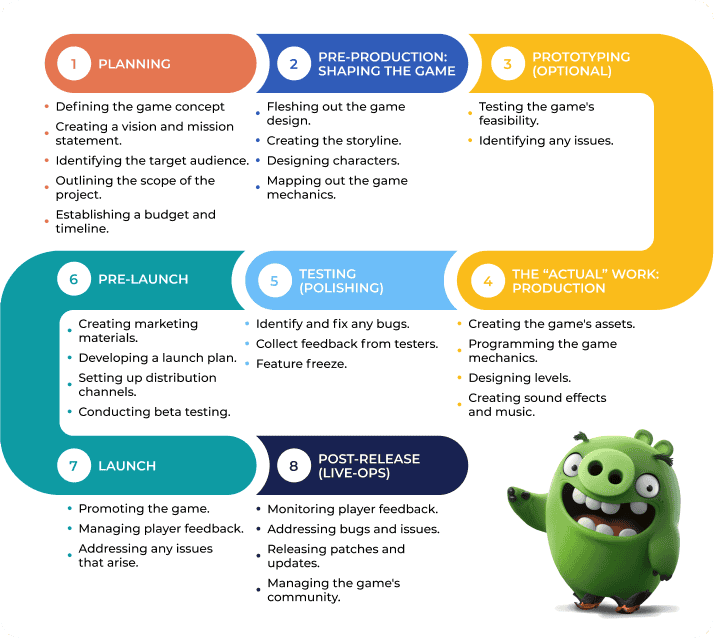Navigating Cultural Landscapes: Board Game Design for Global Audiences
Introduction: A Global Stage Awaits Your Board Game
In a world as diverse as ours, designing a board game that resonates universally can be a thrilling challenge. How do you create a game that can be enjoyed by a teenager in Tokyo and a retiree in Rio? Let’s delve into the captivating world of board game design for different cultures.
Understanding the Cultural Context: A Crucial Step
Cultural context is a vital factor that shapes the way people play and perceive games. A game element that is well-received in one culture might be misinterpreted or rejected in another. Thus, successful global game design begins with a deep understanding of diverse cultural landscapes.
The Art of Localization: More than Translation
Localization goes beyond mere translation—it’s about cultural adaptation. This involves considering regional nuances, idioms, values, and even historical references to ensure your game is culturally appropriate and appealing to different audiences.
“Localization is not just translation; it’s also adaptation to a culture.” – Nobuyuki Idei
Game Mechanics and Cultural Preferences: A Delicate Balance
Different cultures have distinct preferences when it comes to game mechanics. For instance, Western audiences often enjoy competition and strategy, while Eastern players might prefer cooperation and harmony. Understanding and incorporating these preferences can make your game a hit across borders.
Respect Cultural Sensitivities: An Imperative
It’s crucial to respect cultural sensitivities and avoid stereotypes. What might seem harmless or funny in one culture could be offensive in another. Fostering cultural respect and inclusivity can go a long way in ensuring your game’s global success.
Prototyping and Testing: Your Global Feedback Loop
Prototyping and testing in diverse cultural groups are essential steps in global game design. This allows you to observe player behavior, gather feedback, and make necessary adjustments to ensure your game resonates with different audiences.
Final Thoughts: The Exciting Journey of Global Board Game Design
Designing a board game for different cultures is an exciting journey that opens a world of possibilities. With a deep understanding of cultural nuances, and a careful balancing of game mechanics and cultural preferences, you can create a game that’s not just a pastime, but an enriching, global experience.
So, as you set out to create your next game, remember the world is your playground—embrace its diversity!
Be sure to subscribe to our exclusive email group for more insights into board game design, cultural adaptation, and more.
FAQs
What is the importance of cultural context in board game design?
Answer: Cultural context shapes how people perceive and interact with games. Understanding this context is crucial in ensuring a game is well-received across different cultures.
How does localization contribute to the success of a board game in different cultures?
Answer: Localization, which involves cultural adaptation beyond mere translation, ensures that a game is culturally appropriate and appealing to different audiences. This enhances its global success potential.
Why is it important to respect cultural sensitivities in board game design?
Answer: Respecting cultural sensitivities and avoiding stereotypes fosters inclusivity and helps avoid unintentional offense. It ensures the game is respectful and enjoyable for players from different cultures.
Keywords: Board Game Design, Cultural Context, Localization, Game Mechanics, Cultural Preferences, Prototyping, Testing, Global Audiences
References: Game Developer’s Conference, International Journal of Game-Based Learning, Nobuyuki Idei
A few years ago, I was designing a board game for a multicultural audience. While playtesting, I observed that a seemingly innocuous game mechanic was consistently causing confusion among my Asian players. It turned out that the mechanic was based on a Western cultural nuance they weren’t familiar with. This was an enlightening moment that taught me the true value of understanding and respecting cultural contexts in game design.







